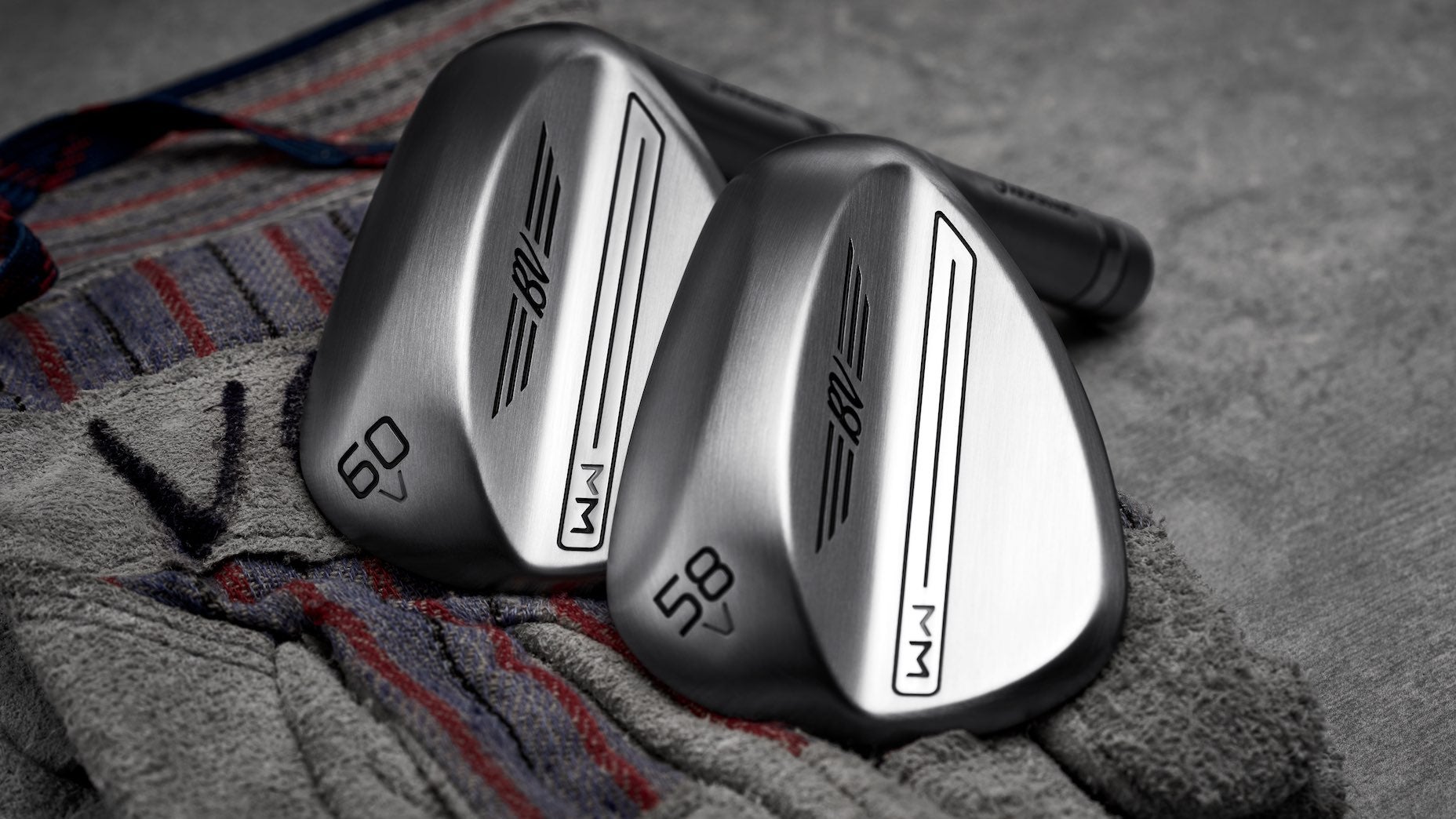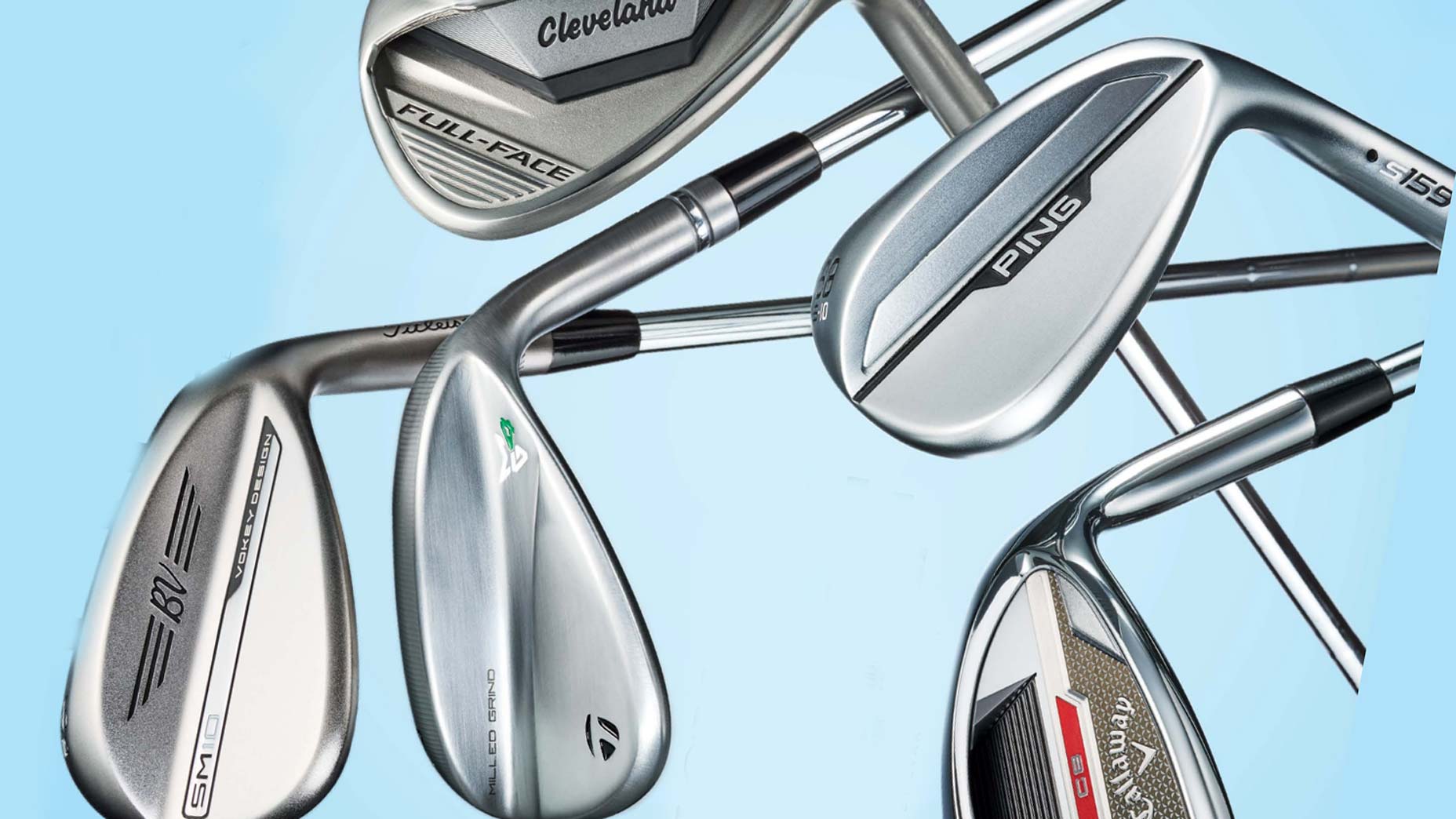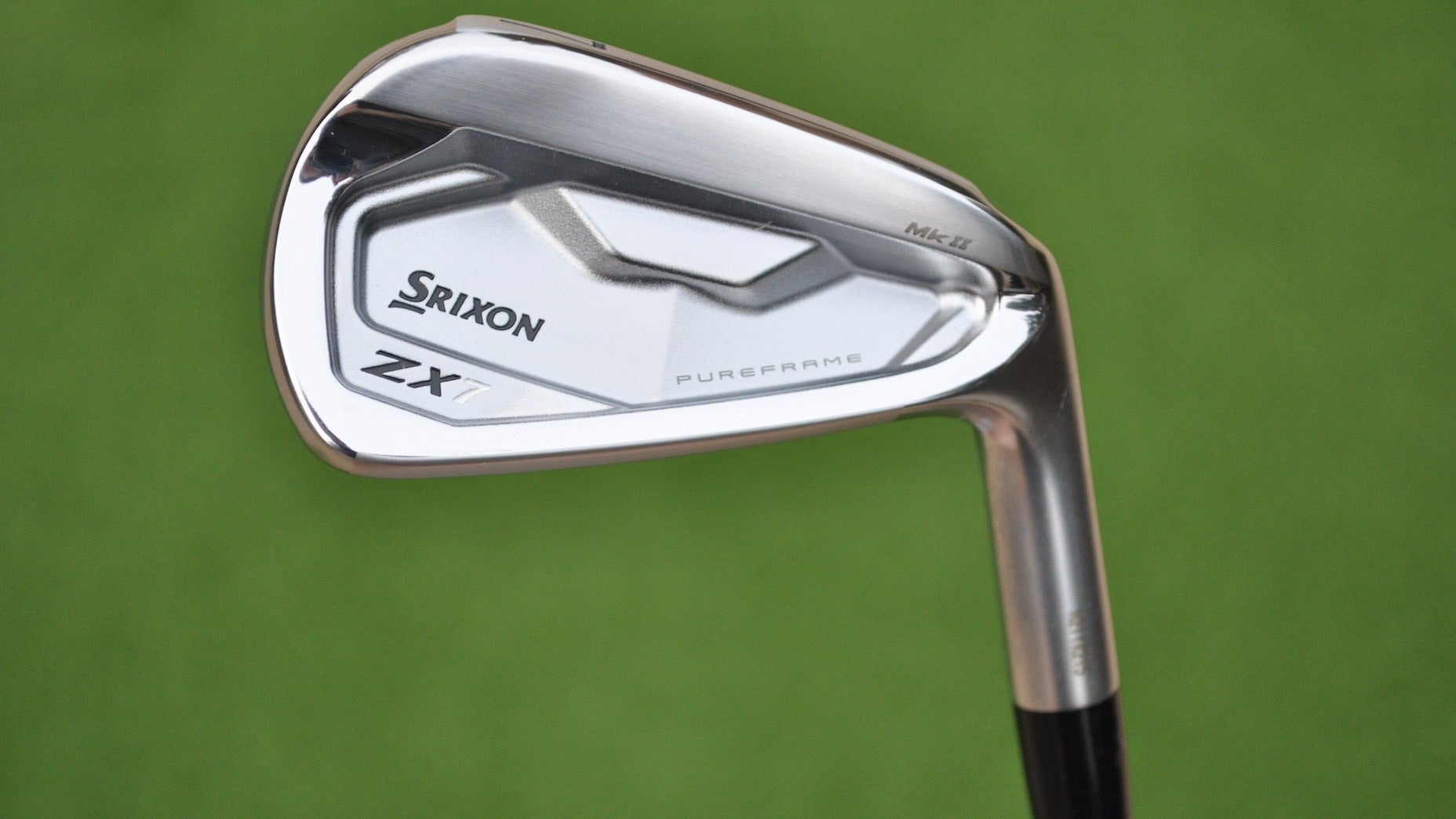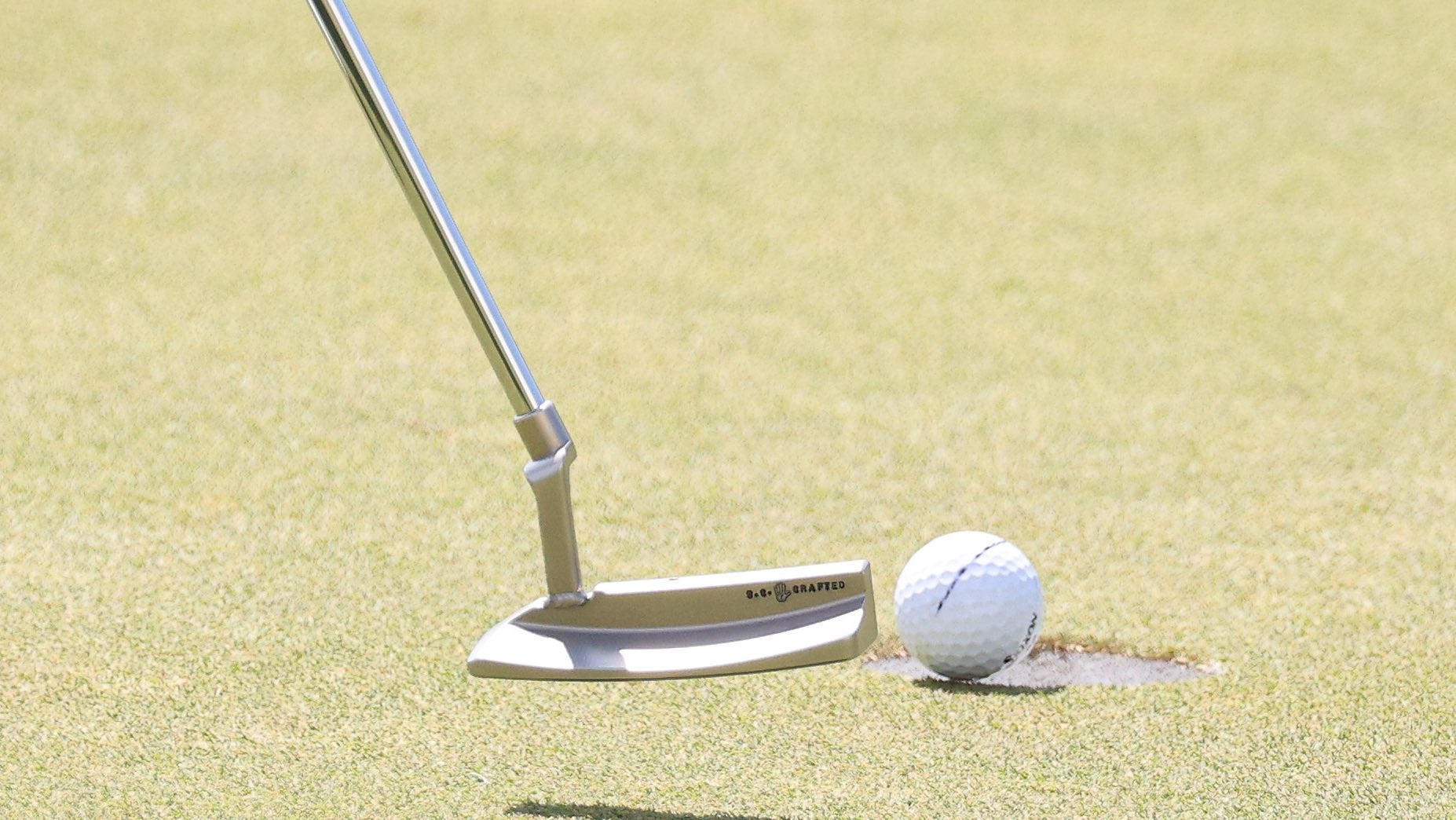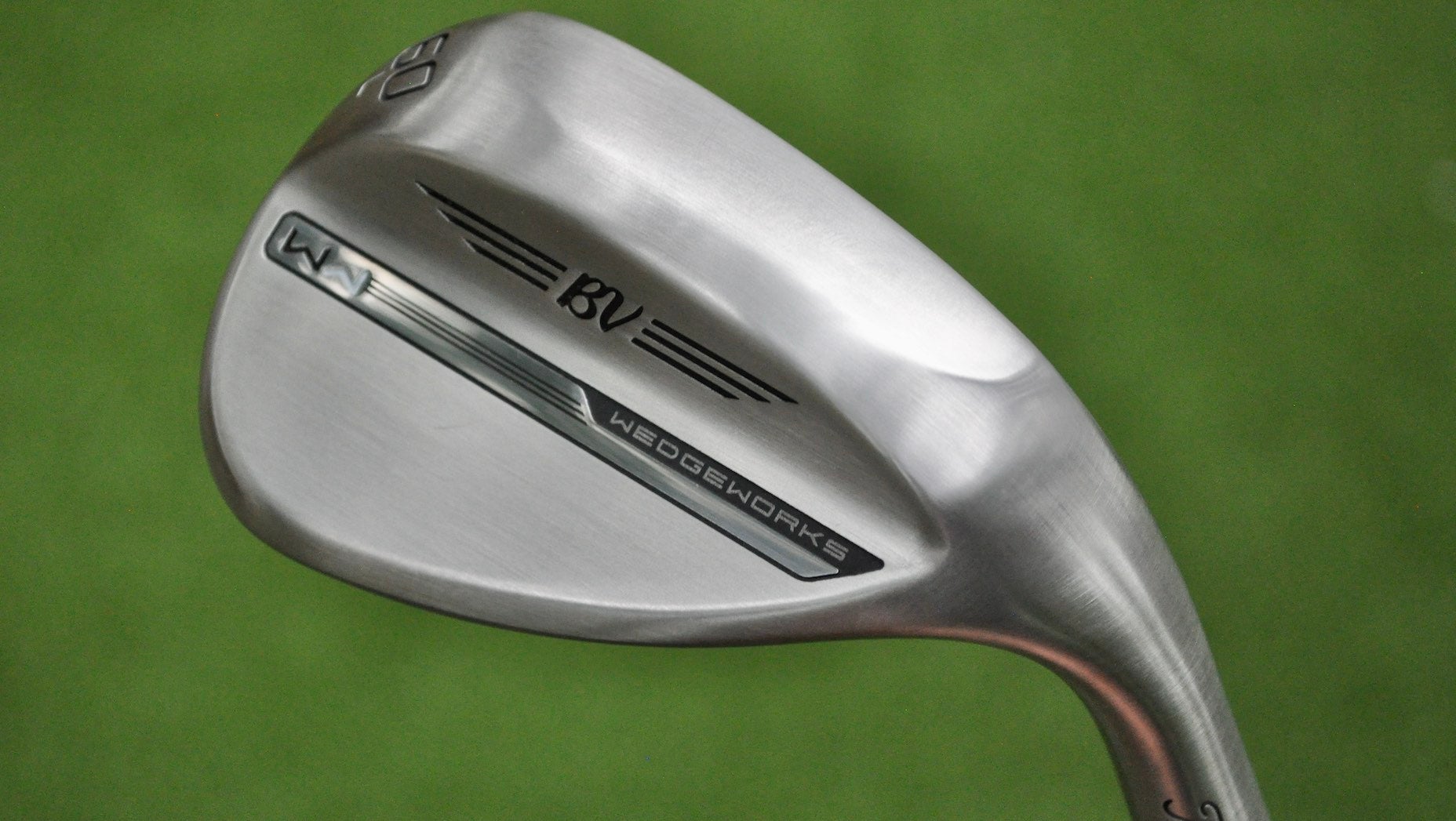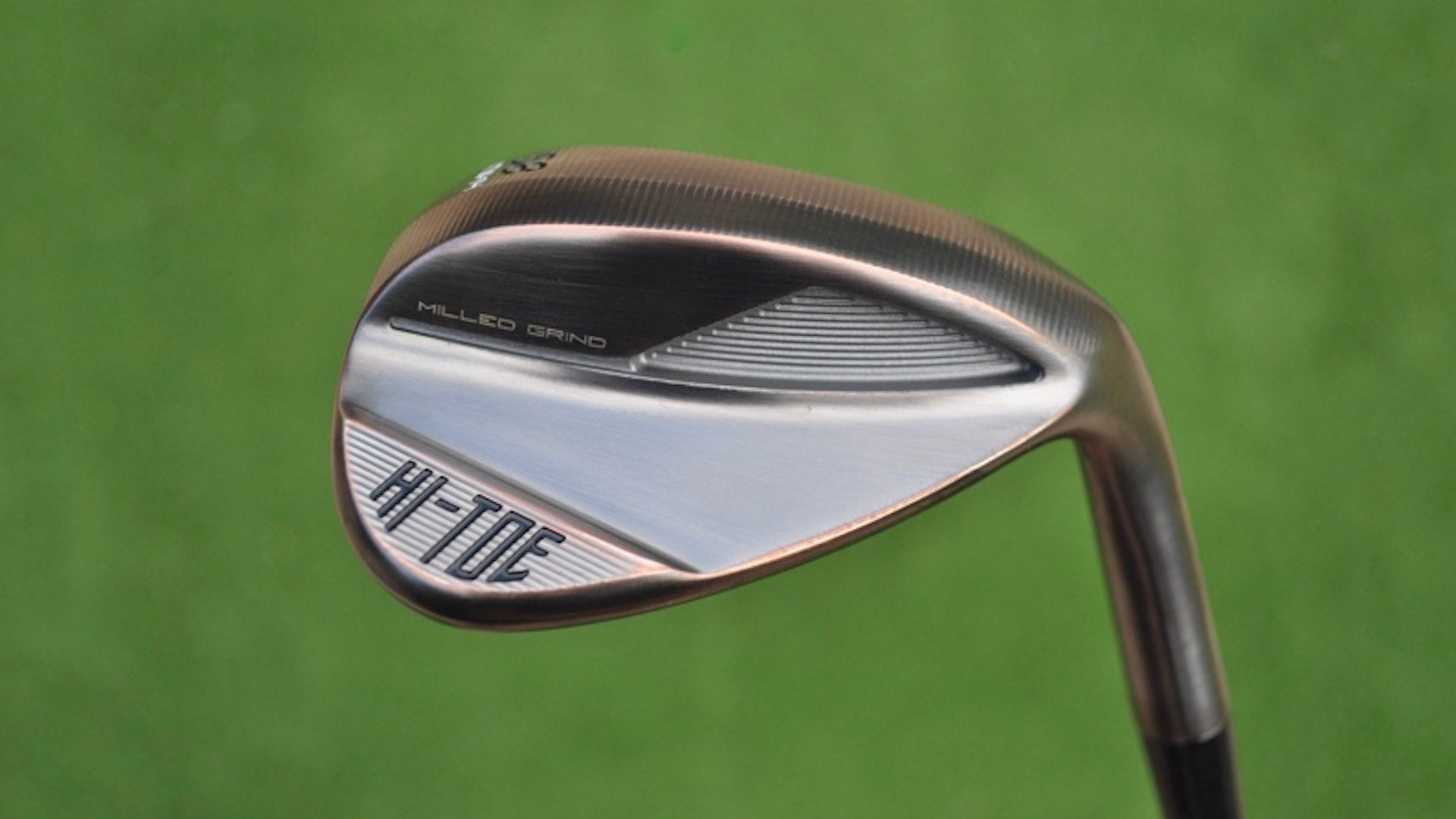5 things to consider before going through a wedge fitting
- Share on Facebook
- Share on Twitter
- Share by Email
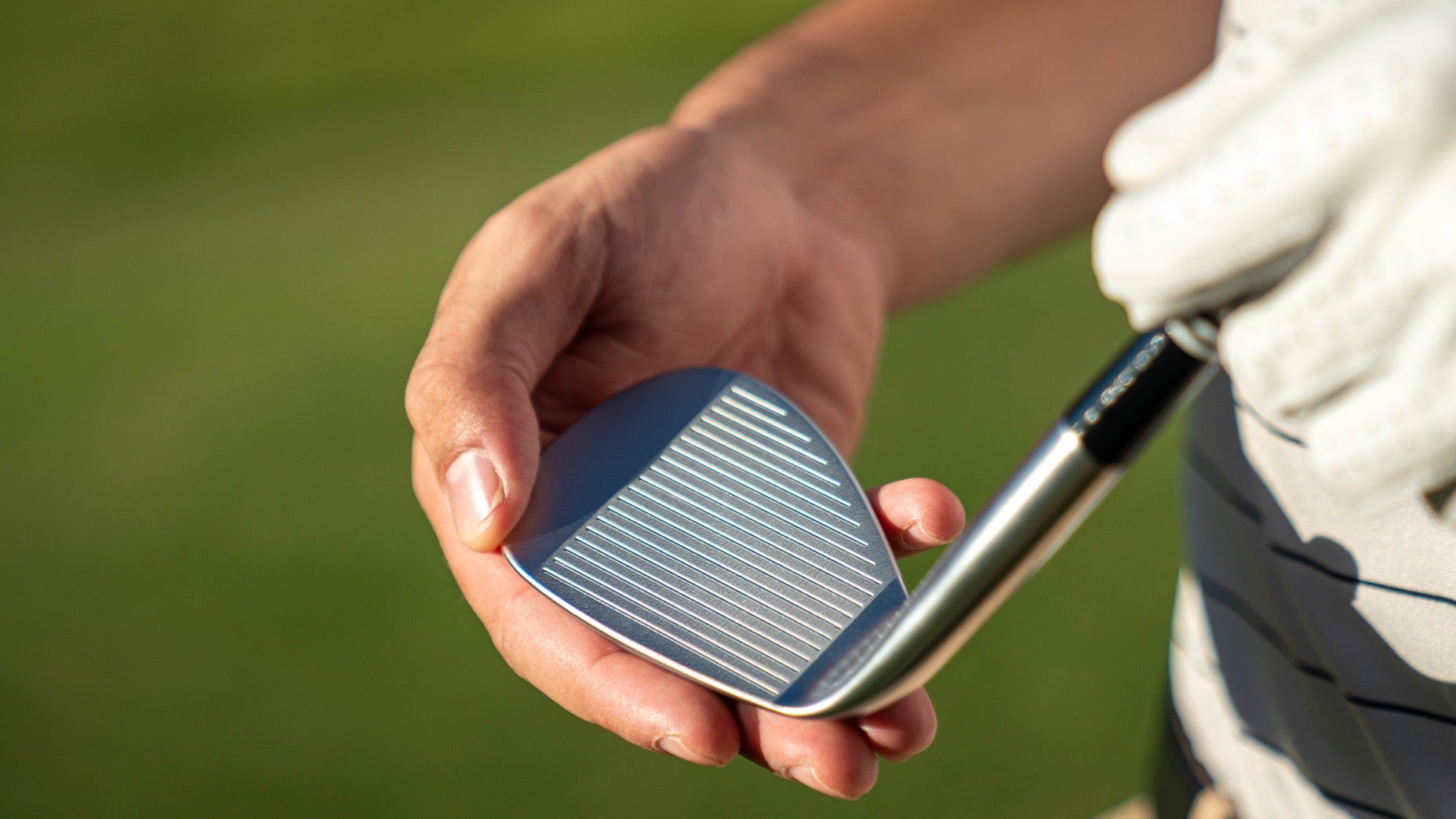
Cleveland's RTX ZipCore wedge is designed with grooves that produce serious bite.
Cleveland/Srixon
Undergoing a proper wedge fitting with a certified club-fitter is the smartest route to take when it comes to selecting a new set of scoring clubs. Ensuring your short game is in order prior to showing up — logging several practice sessions is a good idea — almost guarantees you’ll get the most out of your session. Doing some pre-session homework can go a long way as well.
Keep these 5 things in mind before you head to the range and meet with your fitter. It’ll give them a better idea of what you’re looking for as you begin the process.
1. Wedge count
First things first, it’s important to understand what you’re trying to accomplish. If you look at the bag setups used by many of the top players in the professional ranks, you’ll notice they carry either three or four wedges. Some even change it up depending on the course layout and conditions, Rory McIlroy included. If you’re the kind of golfer who plays all over the country (and possibly the globe), it might make sense to have multiple wedge setups to handle whatever the course throws at you.
Of course, the average golfer is usually on a budget when they search for a set of wedges. In most cases, the best plan of attack is to build your wedge setup around the course you play on a regular basis. If it’s on the shorter side, you may want to go with a fourth wedge to tighten the loft gaps and pinpoint a particular yardage that comes up frequently on approach shots. If you’re on the shorter end of the distance spectrum, eliminating a wedge could allow you to gain an additional hybrid or utility iron that could prove to be more beneficial.
Whatever you do, don’t simply assume your best option is a “stock” 52-, 56-, 60-degree setup. Take some variables into account. You might find a 58-degree lob wedge gives you a bit more versatility on certain shots over a 60-degree.
2. Course conditions
Sticking with the theme of analyzing the course layout to help determine your wedge setup, it’s important to understand how course conditions can dictate bounce. If you’re unfamiliar with the term “bounce,” it’s the angle formed by the leading edge of the wedge, the ground and the point where the sole touches the turf when the shaft is perfectly vertical.
If you play in Florida where the turf tends to be on the softer/sandy side, opting for a low bounce wedge (unless you’re a scratch or possess a Tour card) will likely lead to lots of problems, especially if you’re steep. You might want to consider a high bounce wedge that will keep the leading edge from digging into the ground at impact.
Low bounce wedges are generally geared for dry, firm conditions (I’m looking at you, Arizona) where the leading edge needs to get under the ball from tightly mown areas. If you have great touch and can manipulate your hands with the best of them, a low bounce option can also open the door to high-risk, high-reward shots. Golfers who sweep the ball can also benefit from a low bounce wedge.
Thankfully, equipment manufacturers offer a bevy of bounce and grind options to ensure you have the ideal setup to match your swing — and the course.
3. Head type
You’ve likely had a fellow golfer ask if you play blade or cavity-back irons. But what about when it comes to your wedges? Both options exist beyond the iron realm. For example, Cleveland/Srixon’s current wedge lineup features three different head designs — one pure blade and two unique cavity-back designs.
If feel, versatility and workability are at the top of your wedge priority list, a blade model could be a good choice. Just remember you’ll likely see a slight reduction in forgiveness on off-center hits. If you struggle to find the center from inside 130 yards but still like the look of a blade, Cleveland’s RTX ZipCore is a worthy option. One of several brands focusing on the importance of internal weighting in an effort to improve launch and spin characteristics, the wedge combines a blade look with a low-density core designed to dial-in impact consistency.
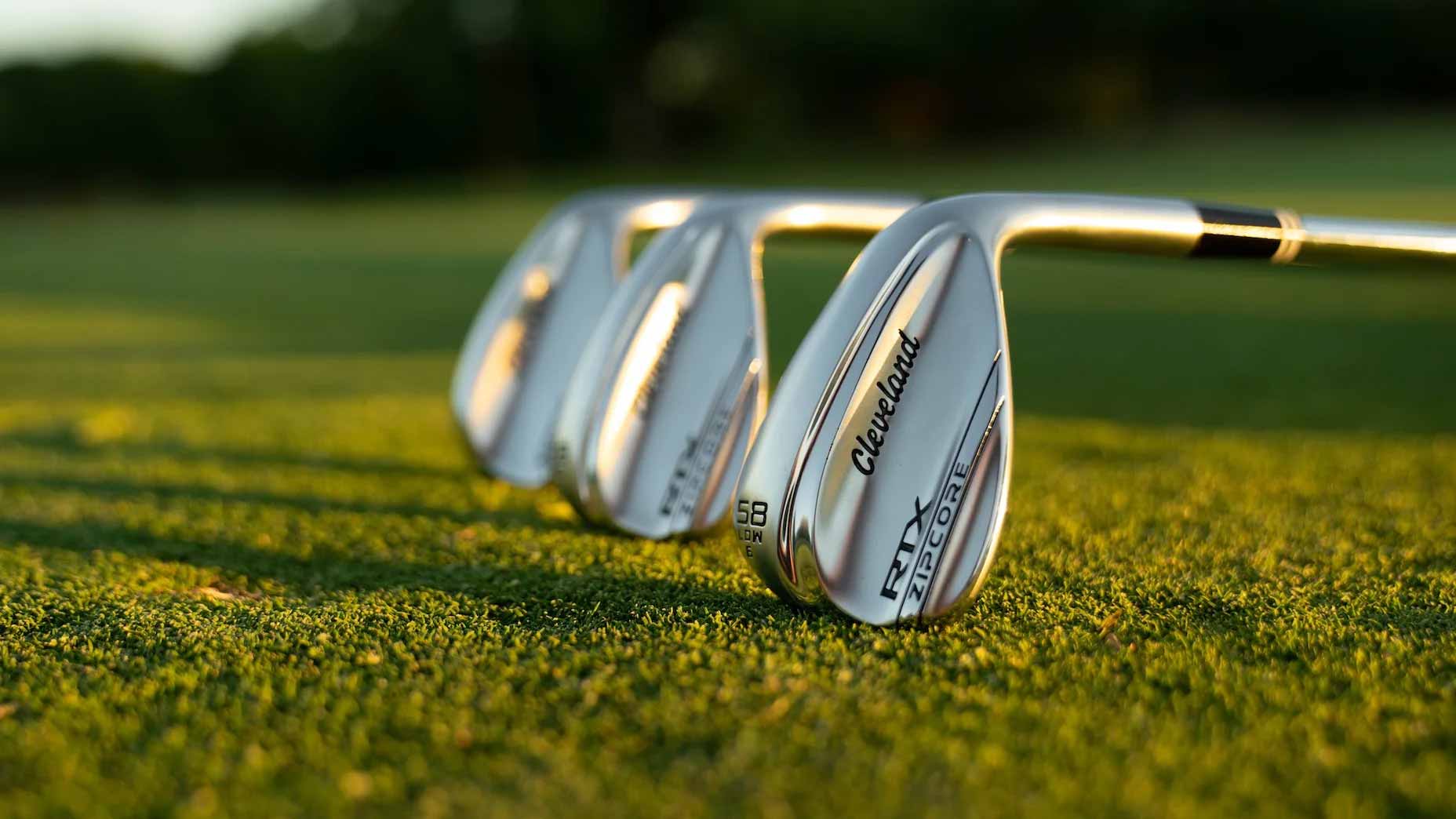
Cleveland RTX ZipCore
For golfers who prioritize mis-hit protection and consistent turf interaction, cavity-back options like CBX2 and Smart Sole 4 offer a blend of forgiveness and versatility that could be a major benefit for mid- to high-handicap golfers who might otherwise struggle to nail their yardages on shots near the green. The wider sole also helps keep the head from digging at impact — a common issue for higher handicap golfers. It’s essentially a game-improvement wedge with the feel of a blade.
4. Super spin
Many of the wedges currently on the market tout eye-popping spin. Aggressive wall angles and microgrooves situated in-between the main grooves assist with increasing spin upwards of 10 percent (500 rpms), in some cases, when compared to their predecessor. For the majority of golfers who struggle with spin, having grooves that give you a spin bump is a major plus.
If you find yourself struggling with too much spin, consider trying one of the ideas we’ve outlined in a previous article to mitigate spin. Either way, be mindful of how your ball is reacting with your current set of wedges.
5. Feel it out
Feel is critically important for some golfers. It allows them to instantly know if they’ve perfectly executed a pitch-and-run. Feel can be grooved through countless hours on the practice green or a change in head material. The latter is easier to acquire if you don’t have endless hours to spend on your game. With raw, un-plated wedges on the rise, it’s now possible to use the same wedges found in the bags of some Tour players. A raw finish generally offers a slightly softer feel and tends to rust over time, producing a patina look that reduces glare.
The chrome plating found on many of today’s wedges remains the most common finish, but it’s important to know that options exist, including one that could give you a boost in the feel department.
Latest In Gear

Golf.com



